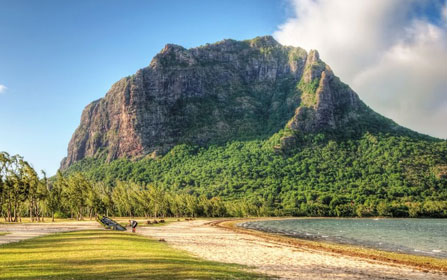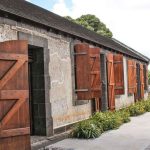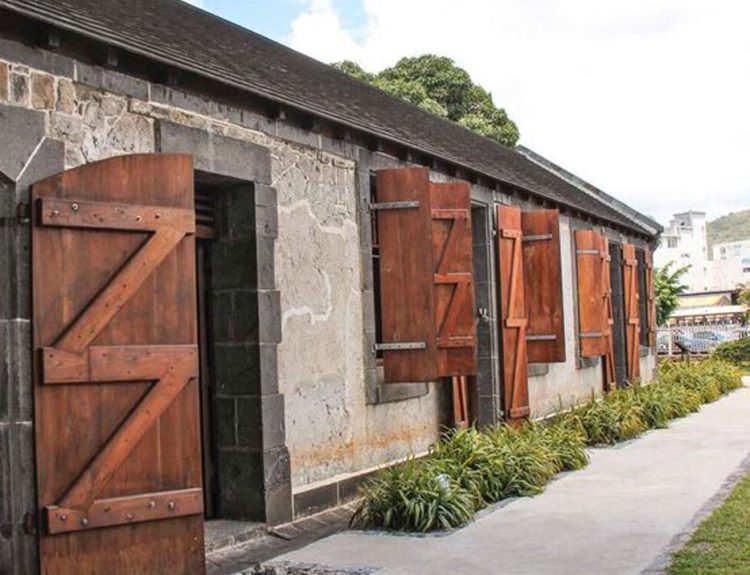Le Morne, following its inscription on the United Nations Educational, Scientific and Cultural Organisation (UNESCO) World Heritage list in July 2008, is now known as the Le Morne Cultural Landscape.
Le Morne Cultural Landscape is located on the South Western tip of the island of Mauritius and is more commonly referred to as “the wild South”. For conservation purposes, the landscape possesses both a Core and a Buffer zone. The Area is a rallying point for Mauritians from all walks of life who are deeply concerned about the country’s heritage in terms of its history and culture as well as the natural environment. Le Morne Cultural landscape represents the combined works of nature and humans. With the physical attributes of a natural fortress, Le Morne Brabant Mountain became a natural monument when during the 17th and 18th centuries, groups of slaves escaped the control of their masters to seek refuge on the mountain. The landscape is also illustrative of the days of slavery in Mauritius and the quest for freedom that was ever present since human beings were “enslaved” as from the 17th, 18th and early 19th centuries in Colonial Mauritius.
Le Morne Heritage Trust Fund
Le Morne Heritage Trust Fund which operates under the aegis of the Ministry of Arts and Culture and was established in May 2004 to:
- Promote Le Morne as a national, regional and international memorial site;
- Preserve and promote the historical, cultural, environmental and ecological aspects of Le Morne;
- Set up a museum and create public awareness of the history of Le Morne;
- Encourage research and support projects and publications related to slavery and marronage;
- Collect, publish and disseminate information pertaining to the history of slavery and marronage;
- Establish links with appropriate international organisations in line with the objects of the Act.








